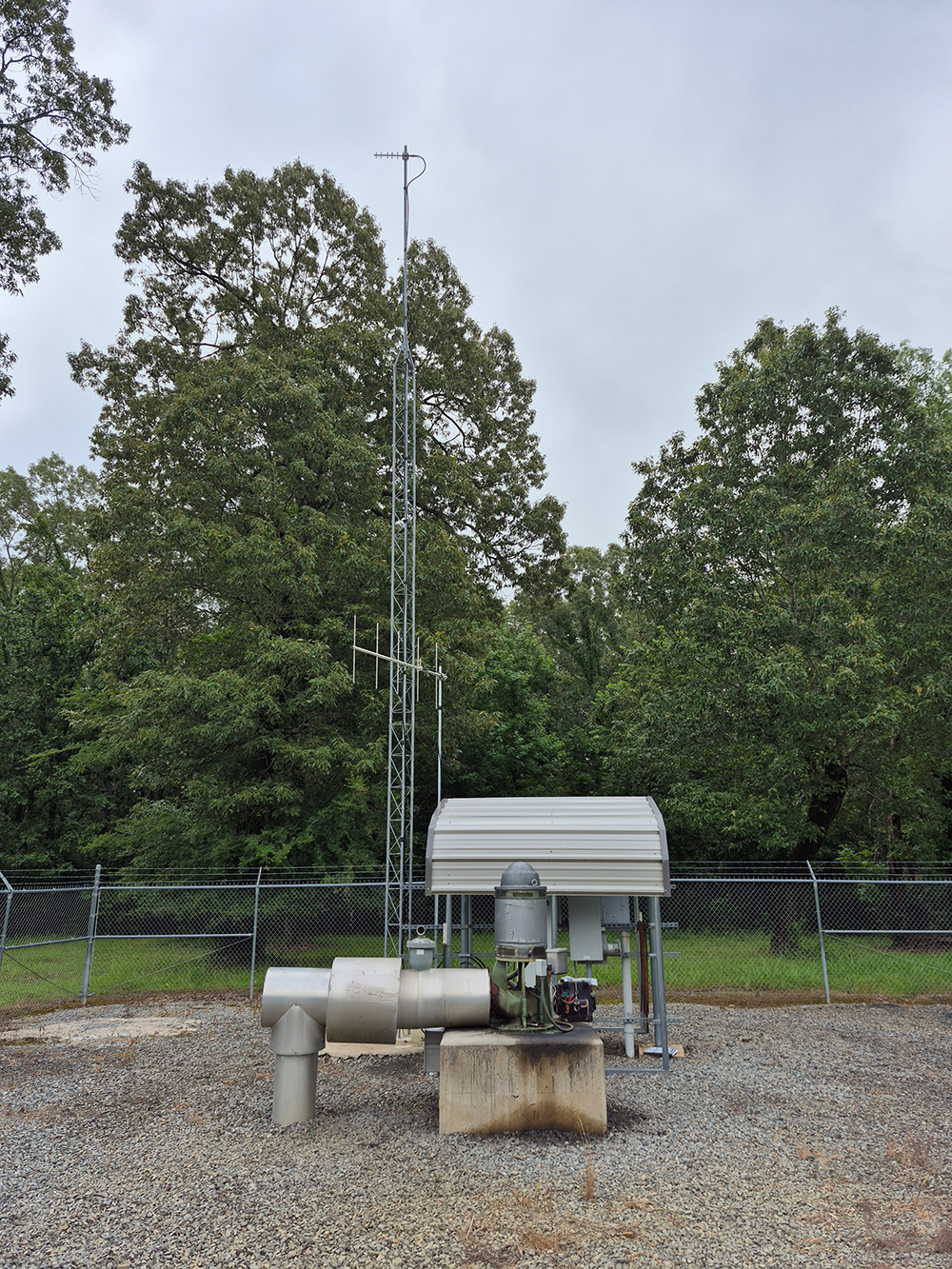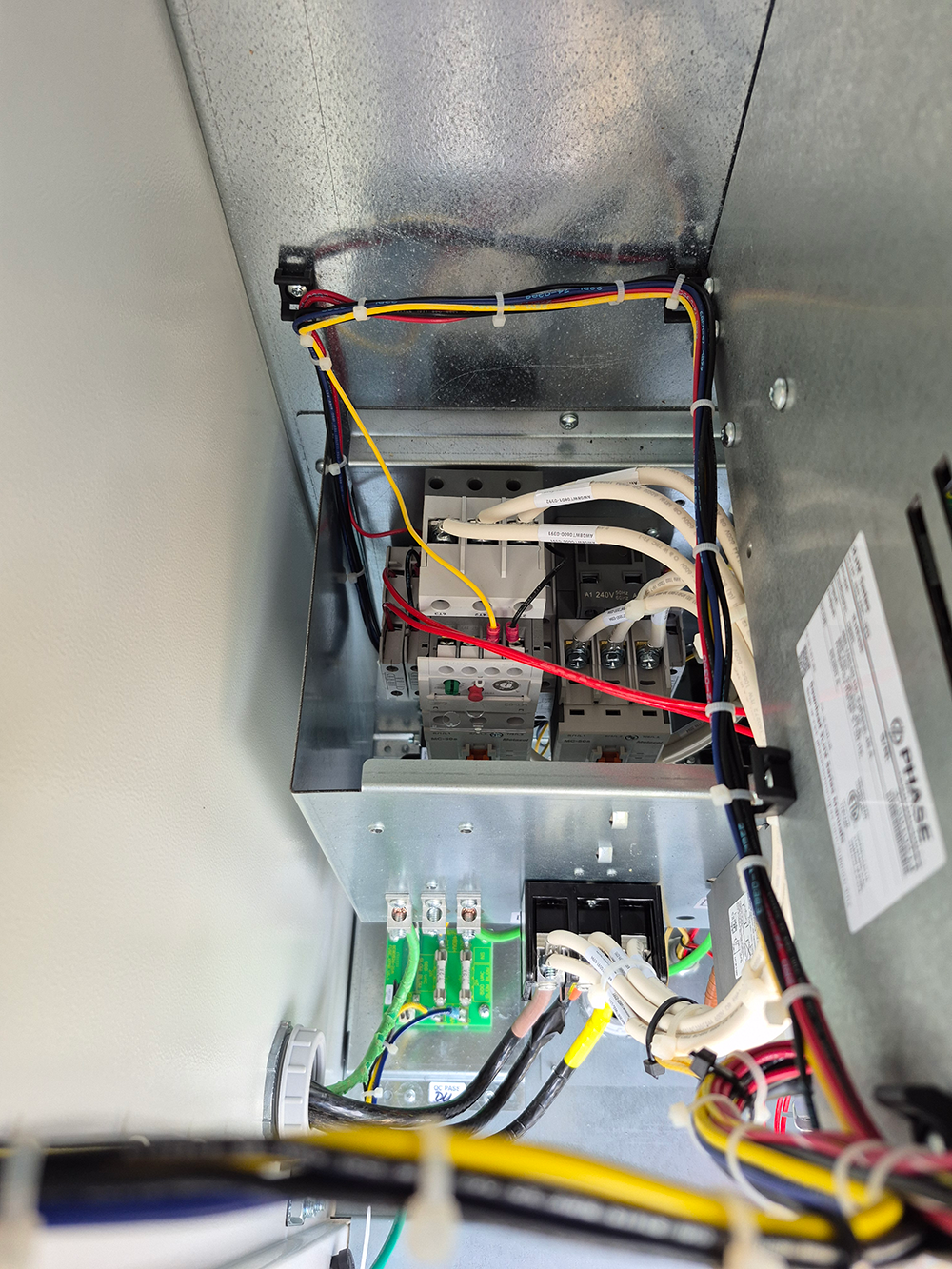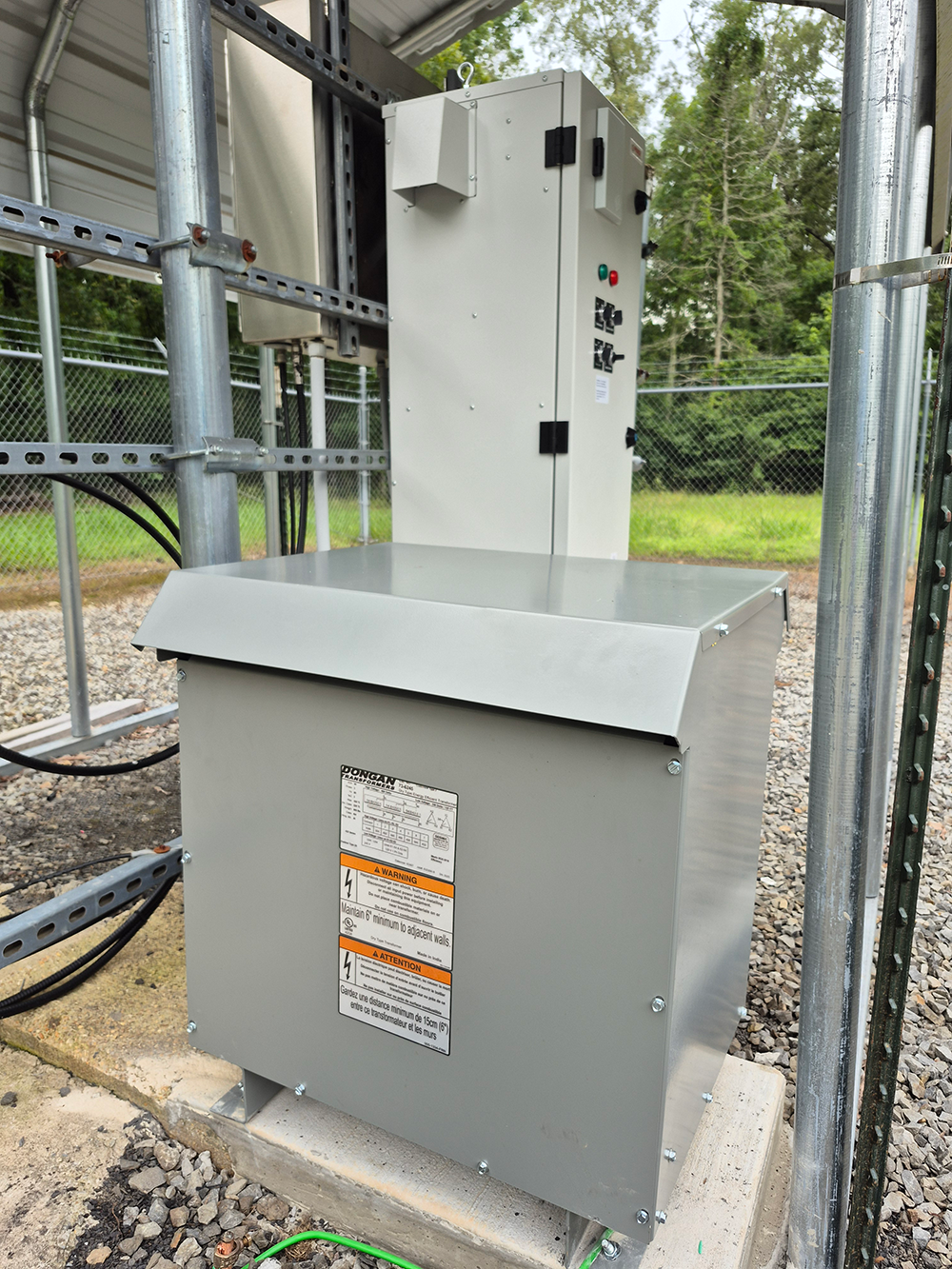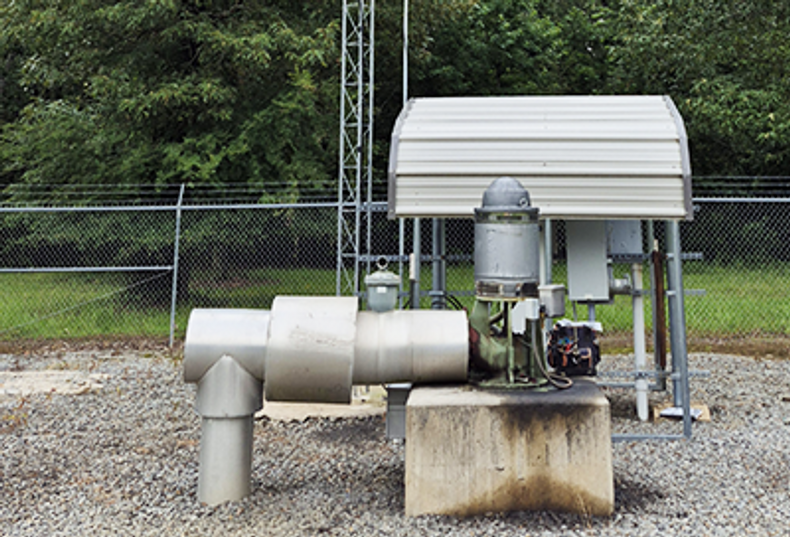VFD Integration in Central Arkansas
Last week, we had the opportunity to travel to central Arkansas to assist with a fun project—configuring a 3LH Series, Phase Technologies variable frequency drive (VFD) for a rural water pump station. While VFD installations are fairly routine these days, this one came with some specialized challenges that required a bit more than just basic startup.

Integrating with a PLC
The station uses a PLC to manage water levels, pump control, and system monitoring. One of the first tasks was ensuring seamless communication between the PLC and the VFD. While Phase Technologies drives offer a lot of flexibility, integrating external logic always calls for careful planning. We used system configuration 6 and programmable relays built as standard options into the drive to assign I/O and manage control handoff cleanly between the PLC and the VFD.
Speed Potentiometer for Flow Tuning
To achieve the desired flow into the system, we needed a simple way to fine-tune the pump’s maximum speed. Instead of changing parameters or using the PLC to set a frequency limit, we configured an external speed potentiometer tied to the system config input on the VFD. This allowed operators to manually adjust the max frequency, giving real-time control over the pump’s performance—an no nonsense solution that gives rural operators flexibility without complex programming.
Pre-Lube Feature for Line Shaft Shaft Pump
Another great feature we put to use was the drive’s pre-lube function. Since the pump was a line shaft model with an external oiler, we set a parameter in the VFD to initiate a timed (18 seconds) pre-lube cycle before each pump start. This helps protect the bearings and prolong pump life—especially important in systems that may sit idle for longer periods.
 System Bypass with Oiler Relay
System Bypass with Oiler Relay
Redundancy is crucial in rural water applications, so the VFD panel included a manual bypass contactor in case the drive ever fails. One detail we addressed was ensuring the pump oiler still activated during bypass mode. We wired a relay attached to the bypass contactor to trigger the oiler, ensuring no startup would occur without lubrication, no matter the mode of operation.
Verifying Rotation in Both Modes
Finally, we verified motor rotation in both VFD and bypass modes—a simple but essential step. With the bypass wired directly to utility power, phase sequencing becomes a concern. We made sure the pump ran in the correct direction regardless of control mode, and we documented the wiring for future maintenance.
 Conclusion
Conclusion
This project was a great example of how modern VFD features—when properly configured—can bring smart control and longevity to even the most remote pumping stations. It also highlighted the importance of thinking through every operating scenario, from PLC integration to mechanical lubrication.
If you operate or support rural water and municipal systems and are looking for better control, efficiency, or reliability, let’s talk about how a VFD attached to a PLC might be the right fit.
Side note: We also supplied the Dongan transformer used on this project to jump the voltage from 240 V to 480 V. Call for a quote.

